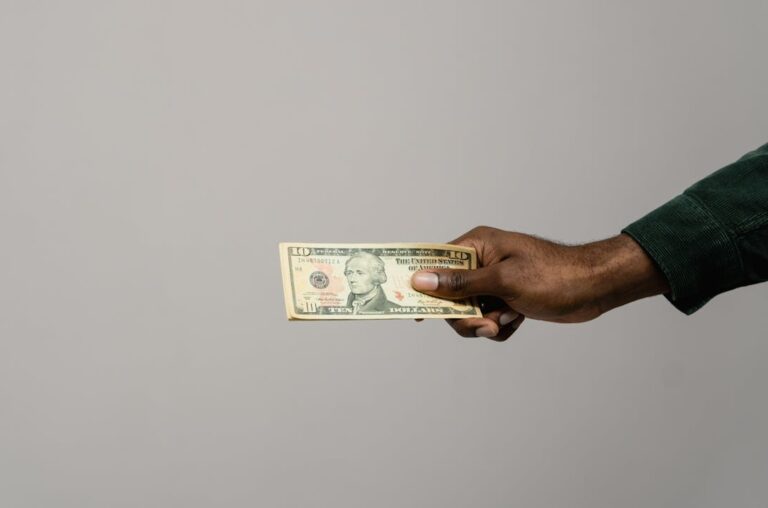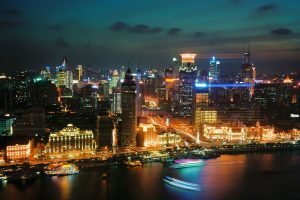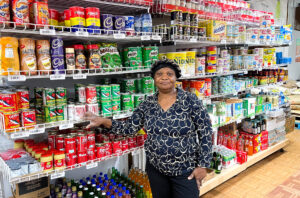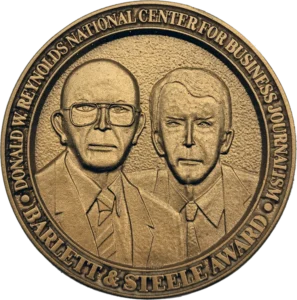President Donald Trump’s fondness for imposing tariffs on the United States’ trading partners raises many questions, in particular the question of who pays the price.
While these tariffs appear designed to punish individual countries, those countries won’t be paying any of them. Tariffs are a tax on imports, and the company that actually brings products made overseas into the U.S. is responsible for paying the bill to the U.S. Customs and Border Protection.
Importing companies can choose to absorb the extra costs themselves, or attempt to pass those costs onto their customers. The choice is often an obvious one: Data on footwear prices cited by the New York Times show a clear correlation over time between higher tariffs and higher consumer prices.
Whether consumers wind up paying those higher prices depends on how easily they can find substitutes for products imported from tariff-hit countries. And the problem there is U.S. manufacturers’ overwhelming dependence on Chinese factories.
Company supply chains
Companies like Apple and Nike, and their suppliers, have invested billions of dollars in building up sophisticated manufacturing capabilities in China since the early 2000s, soon after China entered the World Trade Organization opening up its pool of lower-cost workers to global companies. When the previous Trump administration imposed tariffs on Chinese goods in 2018, these companies began to reconsider their dependence on China. However, moving complex supply chains to different countries takes time. As a result, consumers are left with fewer ways to substitute in the meantime. A study by the U.S. Federal Reserve demonstrated that after the imposition of the 2018 tariffs, it took three to four years for substitute goods to be available.
Nike in particular has made moves to diversify its supply chain. It now has more workers producing products in Vietnam than in China – by a factor of four to one. While Apple is widely lauded as having one of the most sophisticated supply chains in the world, it is far more dependent on China. As recently as 2022, Apple reportedly made 95% of its iPhones in China. But it too is moving to diversify: Bloomberg reported last year that Apple produced one in seven iPhones in India.
Individual consumers
The average consumer hasn’t had to worry about paying tariffs themselves – until now. Low-value imports by individual consumers, such as an order from a fast-fashion company in China, have been exempt from all tariffs for decades under the so-called “de minimis” rule. The rationale here is that it’s not worth the trouble to collect tariffs on a small amount of inexpensive merchandise. In the U.S., the de minimis rule exempts imports under $800 from tariffs. That might be about to change. When President Trump imposed an additional 10% tariff on Chinese goods, he also moved to end the de minimis rule.
The sudden move caught the U.S. Postal Service off guard as there was no system in place to collect tariffs from individual consumers. It’s since been put on hold until such a system is in place, so fashion-forward consumers better get those Shein orders in soon.











